HTSI editor’s letter: art to make the heart beat faster
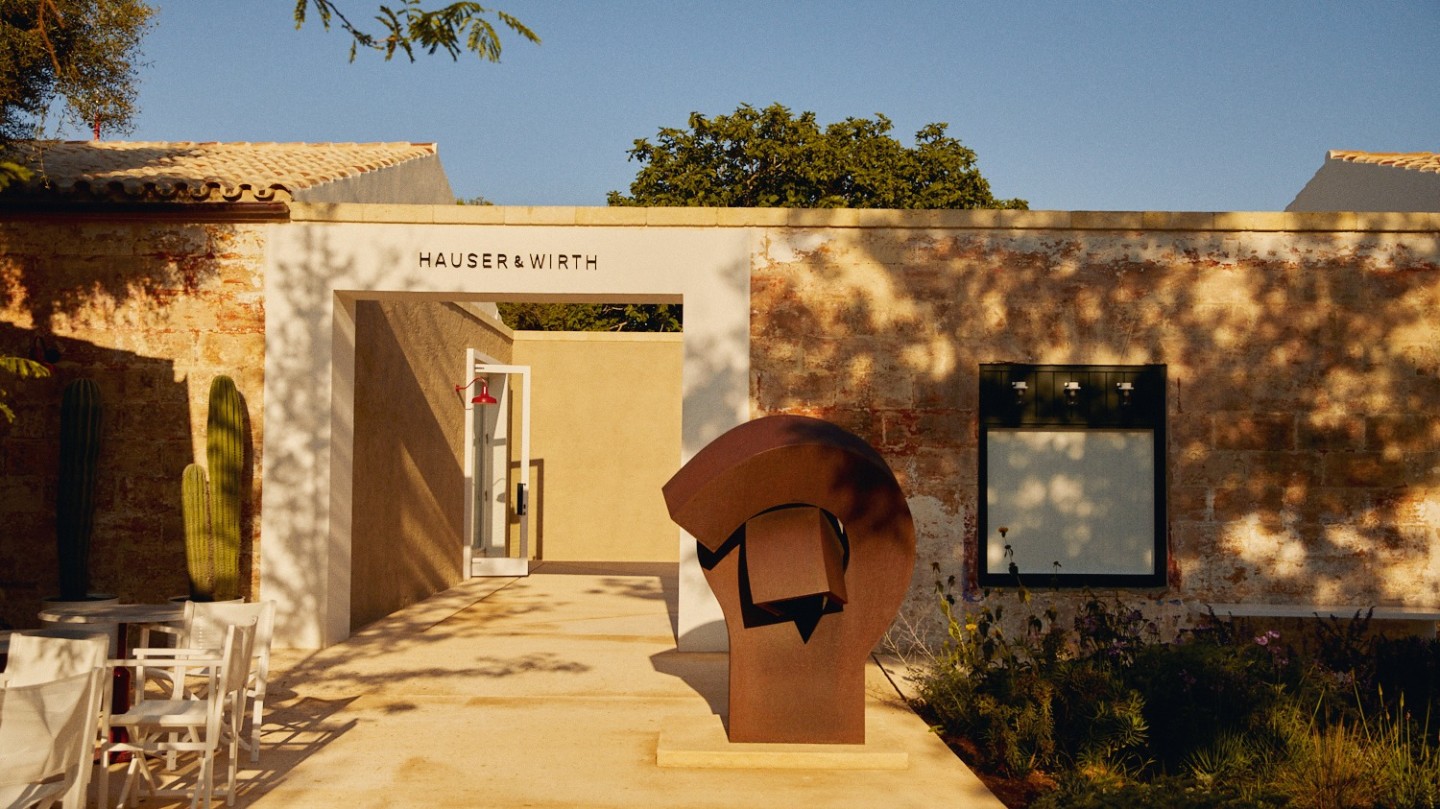
Roula Khalaf, Editor of the FT, selects her favourite stories in this weekly newsletter.
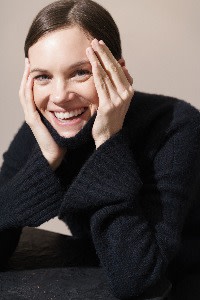
Last week I spent some time in Bruton. A first trip to the Somerset haven of high fashionability, the excursion offered an alluring blend of art tourism, boutique hotels, local celebrity and artisanal iced buns. Its current popularity is due in no small part to gallerists Iwan and Manuela Wirth, the art power duo behind Hauser and Wirth who opened a country outpost of their commercial gallery in a converted barn in 2014. The subsequent influx of interest – not to mention metropolitan and extremely wealthy Londoners – has since established Bruton as one of the most desirable places to visit in the UK. It has also continued a precedent, seen everywhere from Hobart to Marfa, Texas, wherein the creation of an arts hub has transformed the local culture.
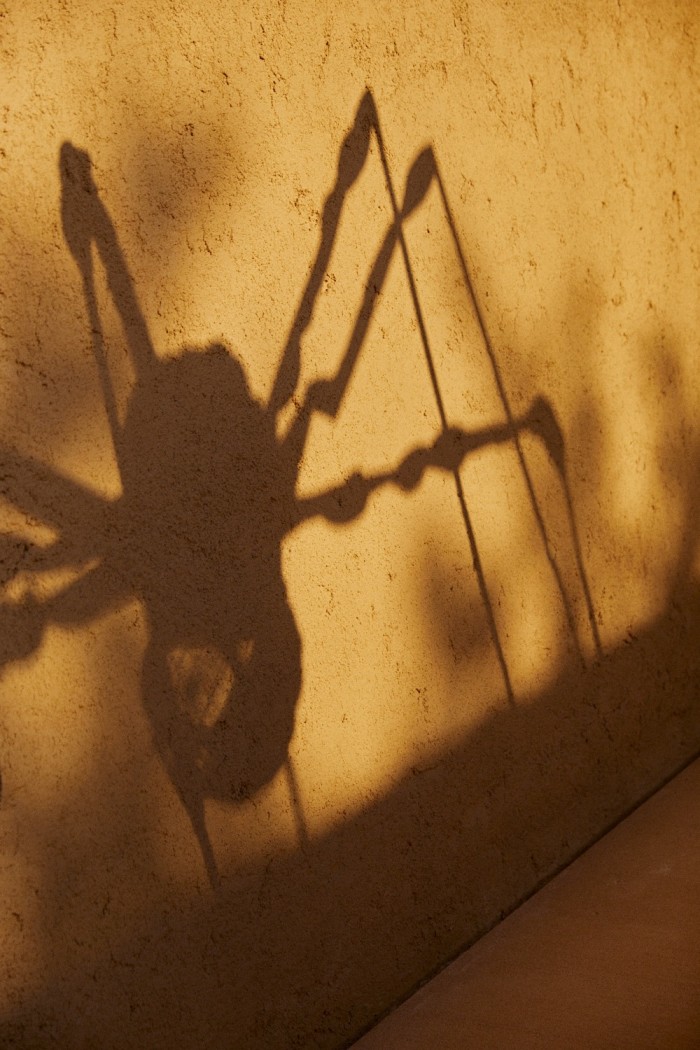
With more than a dozen commercial spaces spread around the world, Hauser & Wirth will this month make a new claim on an unlikely cultural hot spot with the unveiling of a gallery on the tiny Isla del Rey. Situated alongside a former hospital on the island off Menorca, the new complex has been conceived in much the same spirit as its counterpart in Bruton, combining contemporary sculpture, selling exhibitions, dining opportunities and lots of native plants. Jan Dalley, the FT arts editor and long-time visitor to Menorca, was there last month to receive an exclusive preview (“‘It’s a Trojan horse for art’ – Hauser & Wirth hits Menorca”). After a prolonged period of virtual gallery interaction, it’s envy-inducing to read her descriptions of this sun-baked space. Looking at Anna Huix’s photographs of the shadow of a Louise Bourgeois spider cast on a wall at magic hour, or the glowing spaces revealed along the gallery’s arcaded façade, I long to visit this land of olive trees and cypresses now joined by man-made masterpieces, and luxuriate in art.
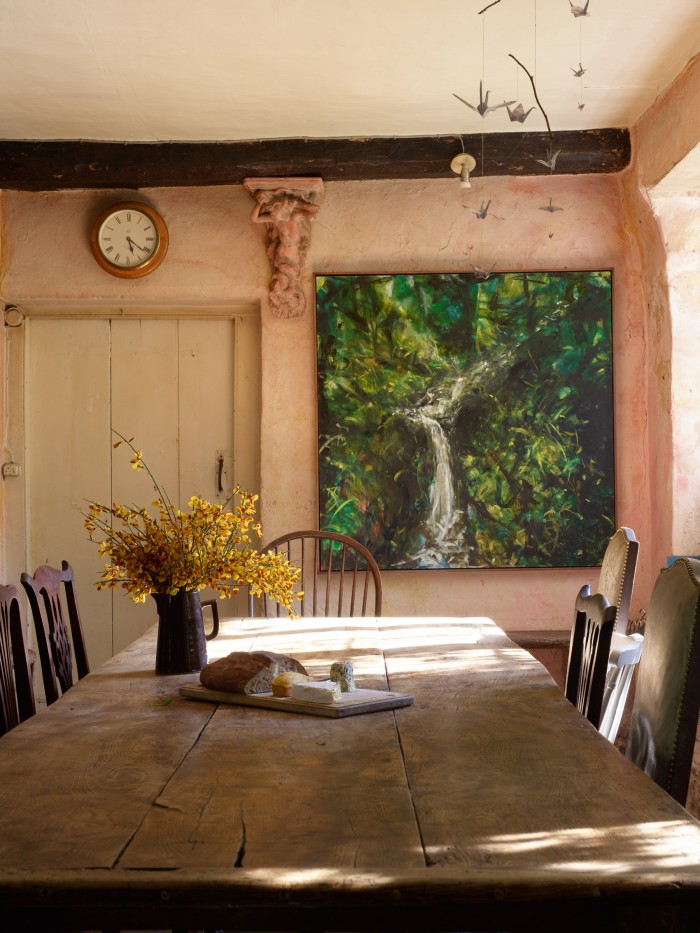
Another unexpected place of creative industry is unveiled on a trip to Luscombe Farm in Devon (“Luscombe Farm and the rediscovered world of a postwar cultural dynasty”). The prolific output of the late artist Yasmin David was only discovered when, last summer, a huge cache of paintings was found in a cupboard by her daughter, the filmmaker Clio David, while staying at the family home. David was part of an illustrious family with connections to Laurie Lee, Lucian Freud, Lady Kathleen Garman and the artist Michael Wishart, and her abstract works are only part of a biography that takes in a whole community of British intellectuals: more of that history is revealed in the retrospective that opens this month in honour of her work. Harriet Quick visits the farm – and seat of the Luscombe fruit juice empire – to unravel a fascinating story, while photographer Simon Upton captures a family home whose style embodies a near-lost postwar charm.
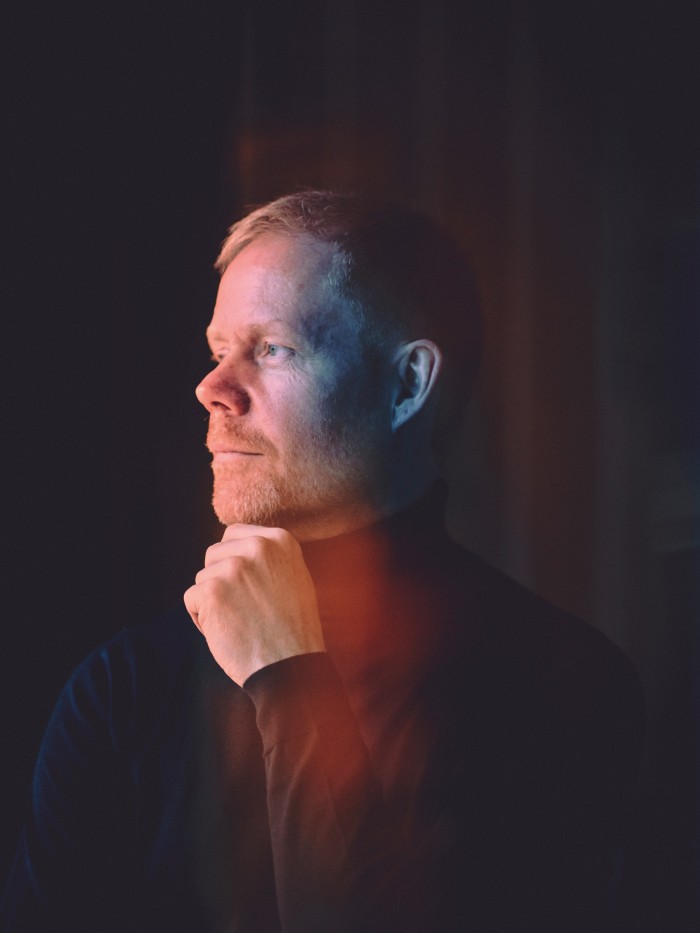
Lastly in our artistic triumvirate, Max Richter, the composer and maestro of dreamy somnolence (his “eight-hour lullaby” Sleep has amassed more than 500m streams), has invited us to his new studio in Oxfordshire (“Max Richter – musician of the moment”). In conversation with Nicola Moulton, he shares his plans for a creative fulcrum he hopes will become a “real time” laboratory for experimental sound, and his belief in the value of art for the good of all society. Certainly, Richter’s past soundtracks have made my world feel far calmer and more uplifted. As an exercise in how to spend it kindly, this “art farm” is one to note.
For the best of How To Spend It straight into your inbox, sign up to our newsletter at ft.com/newsletters
Comments